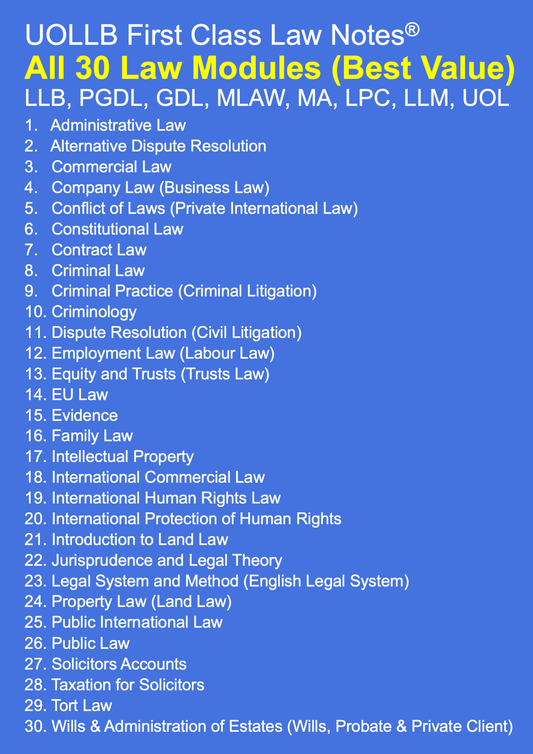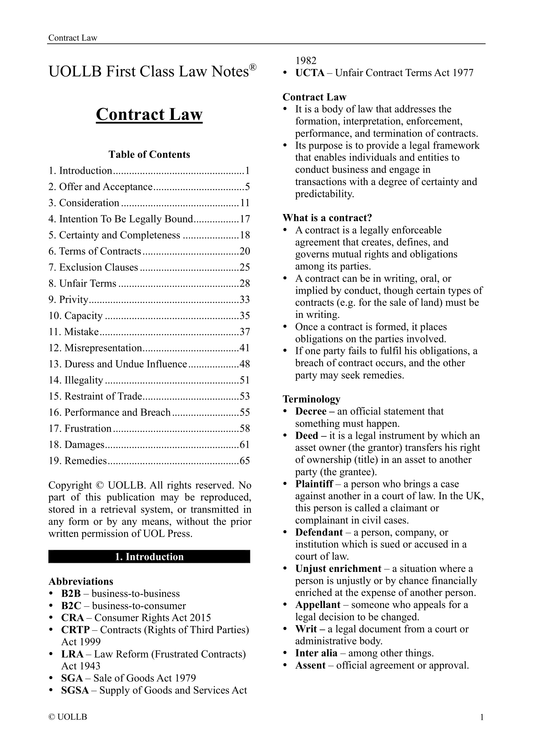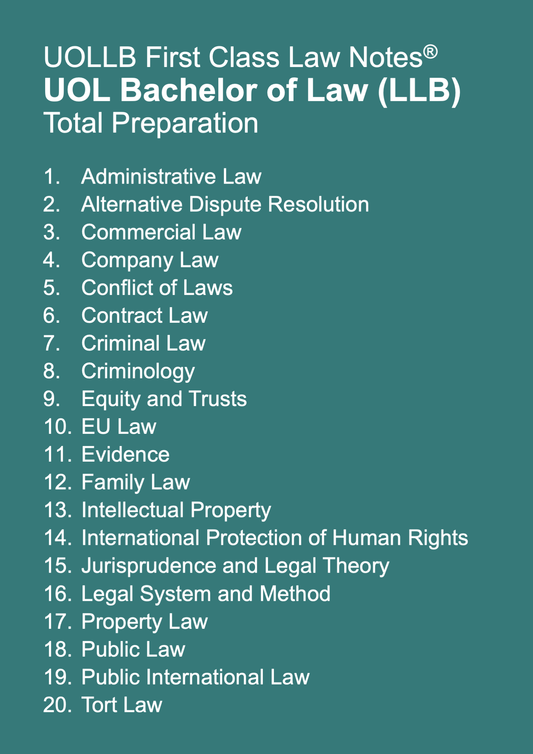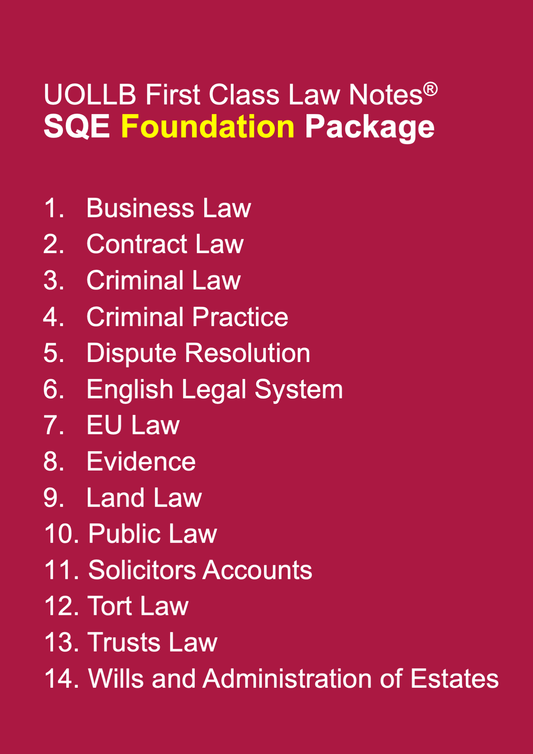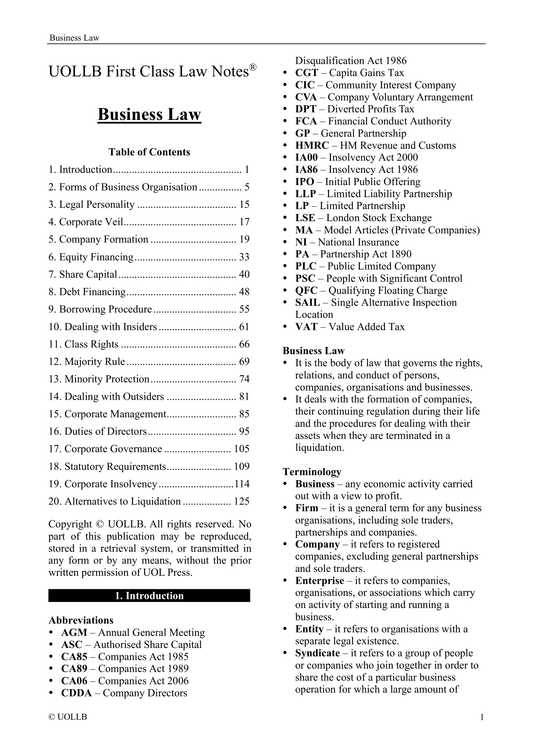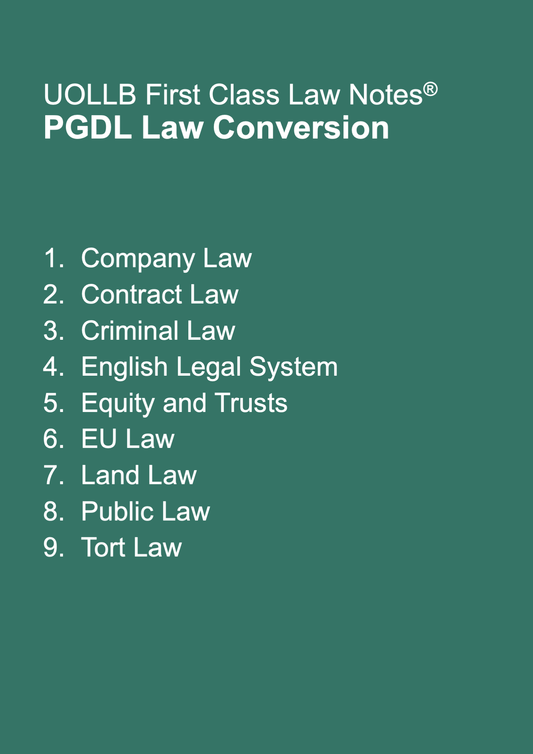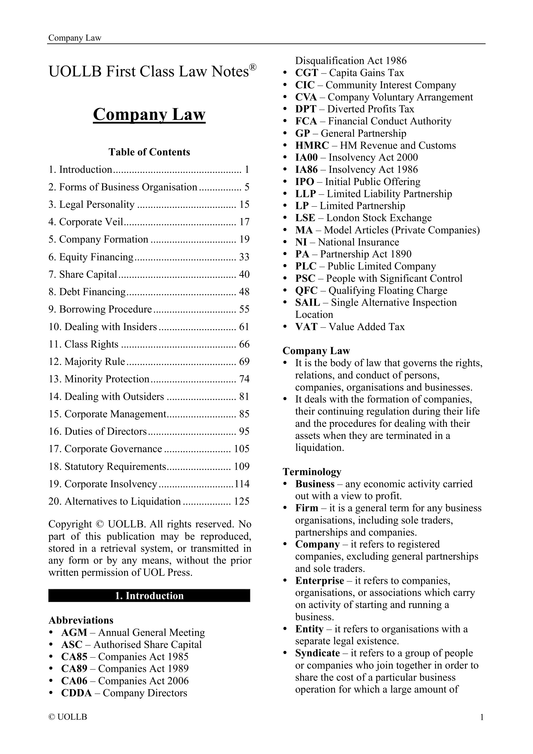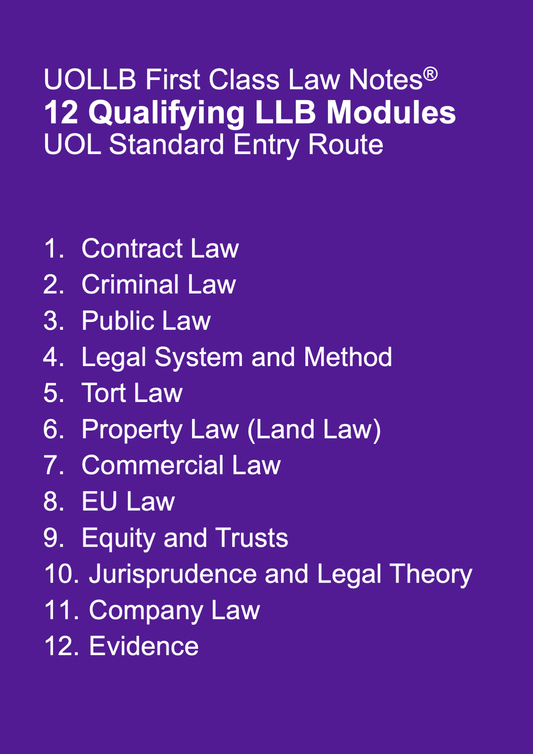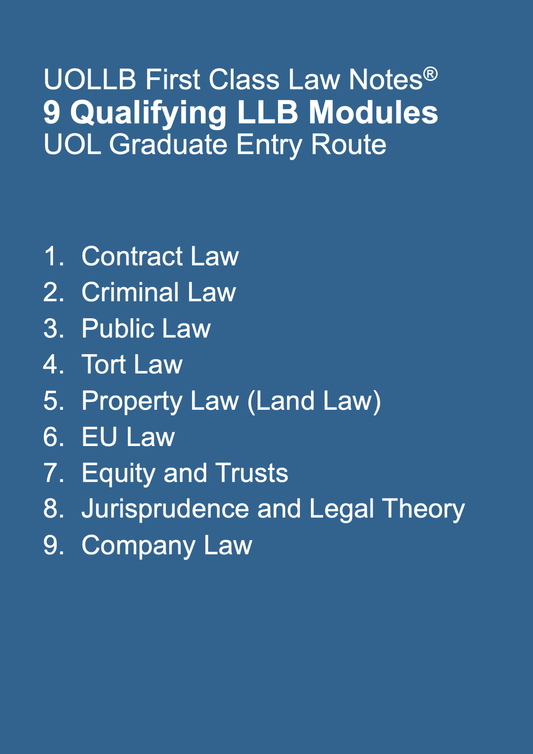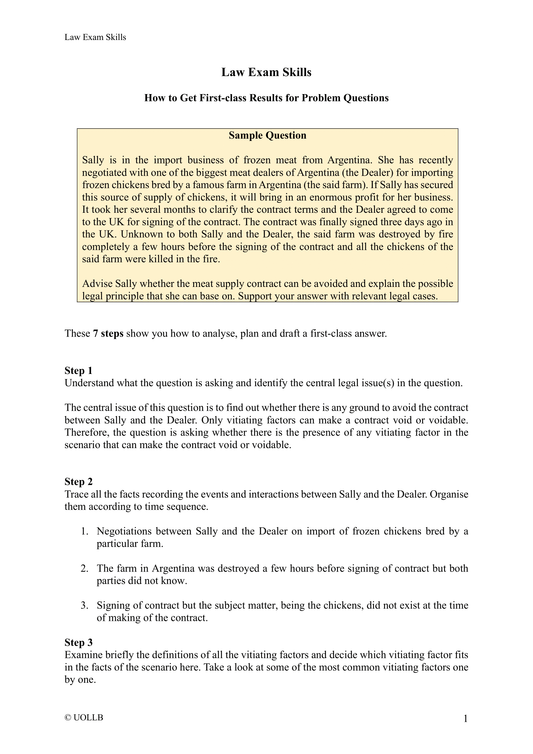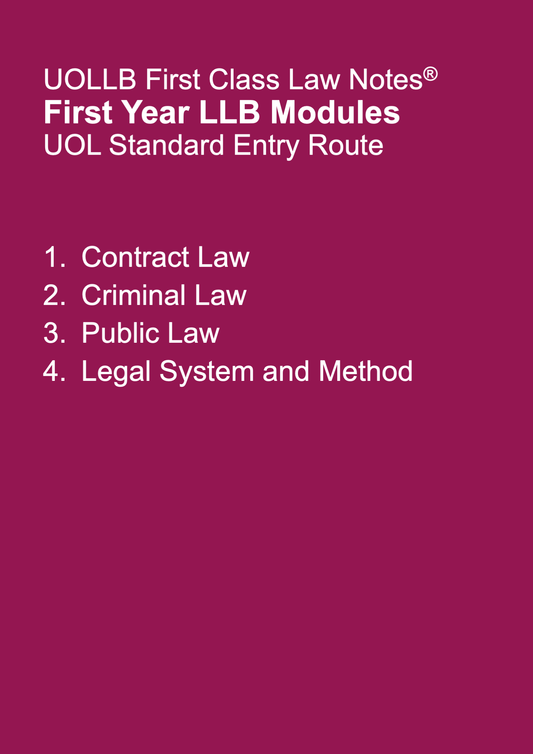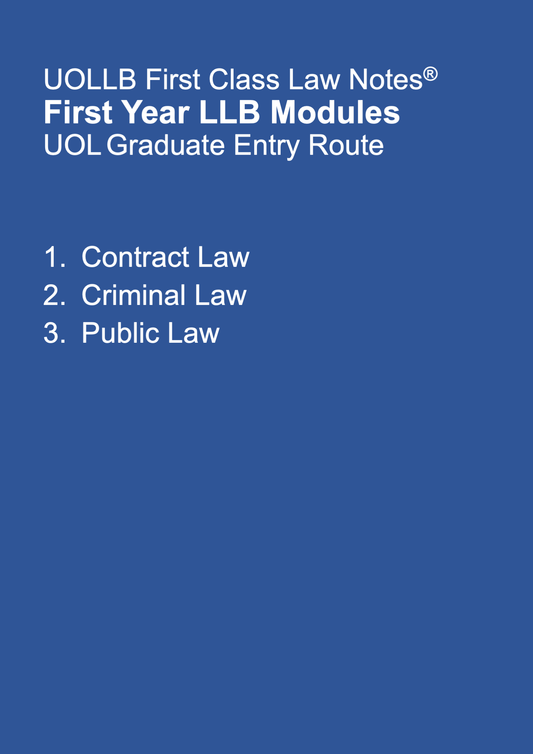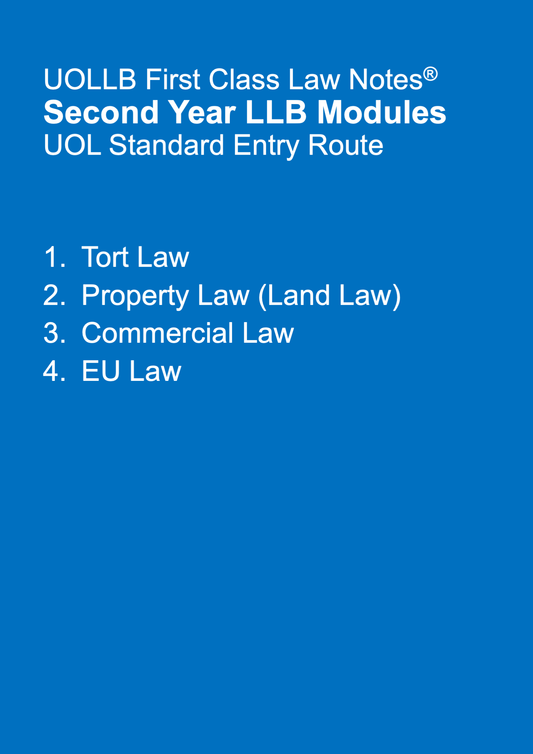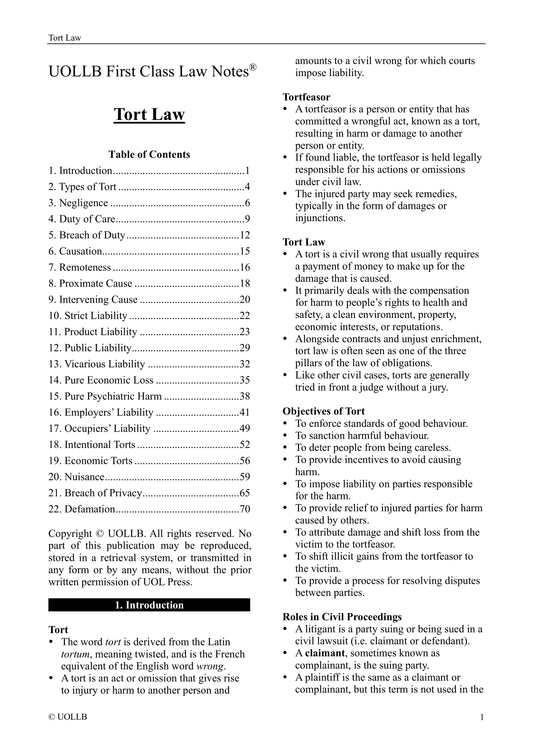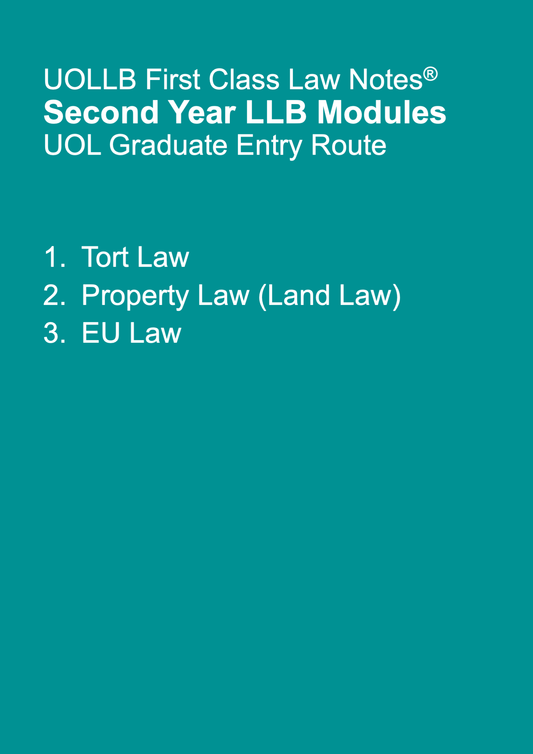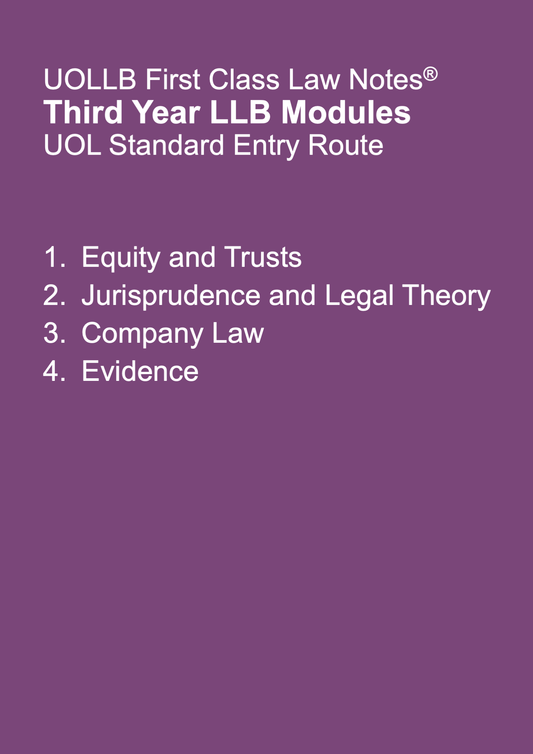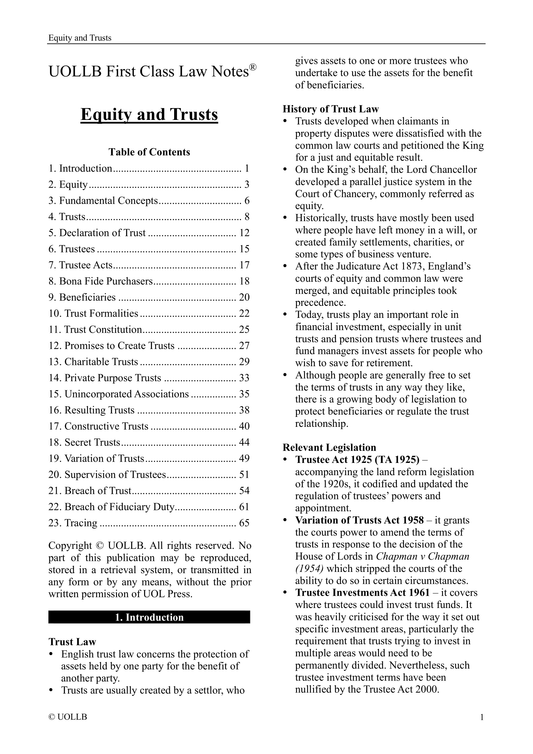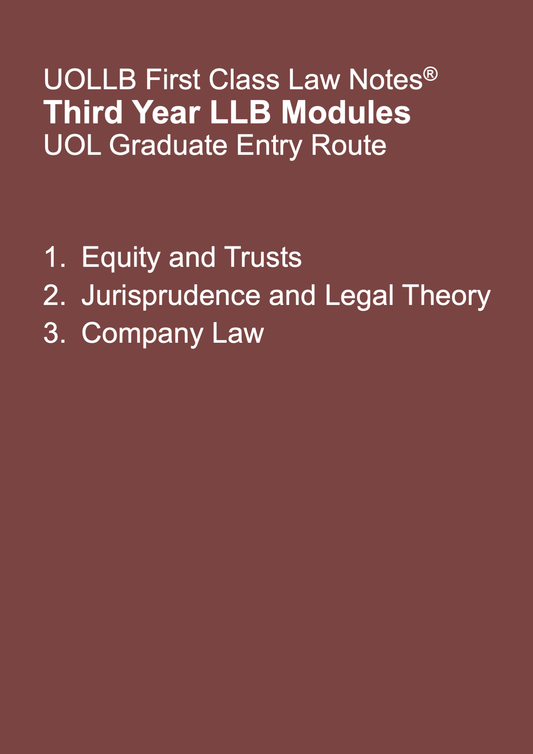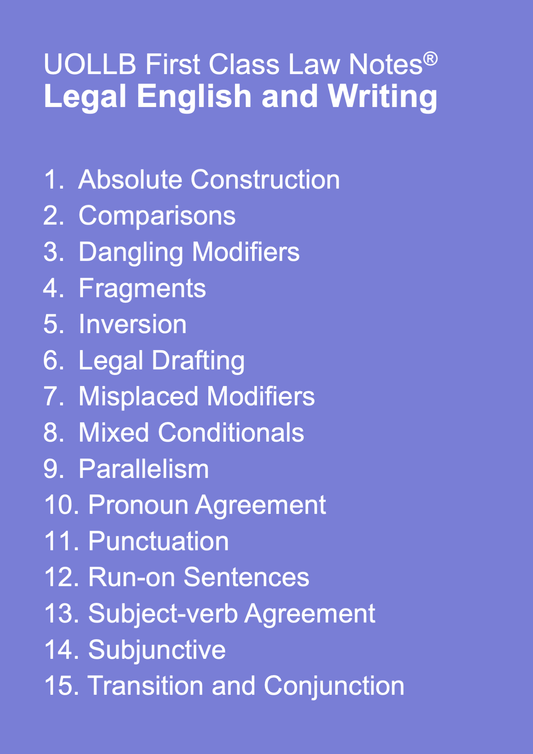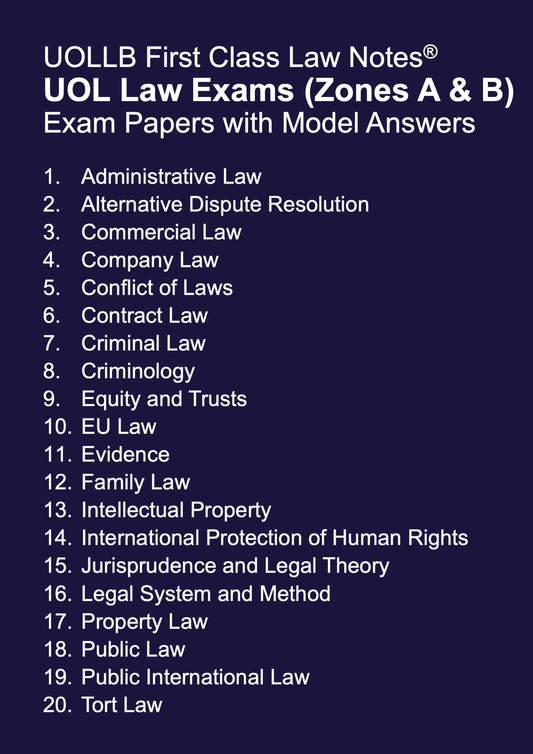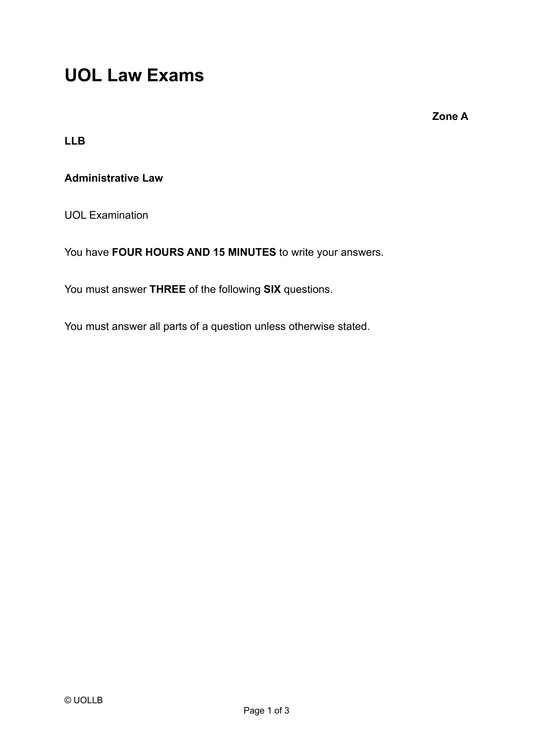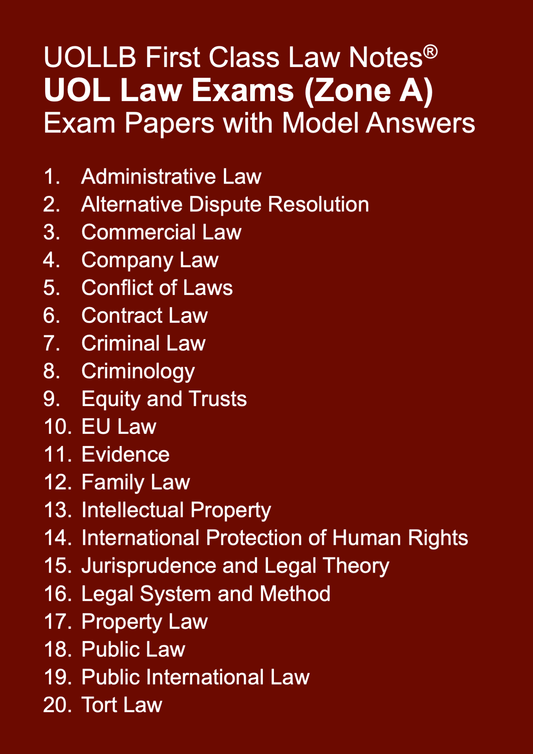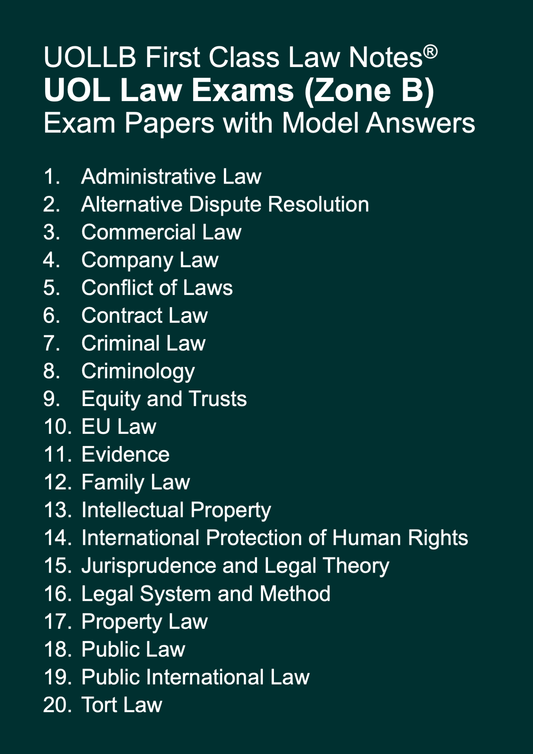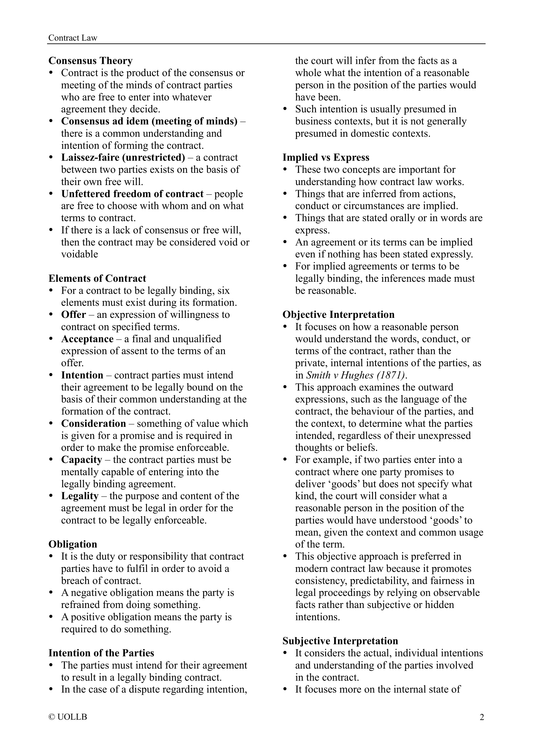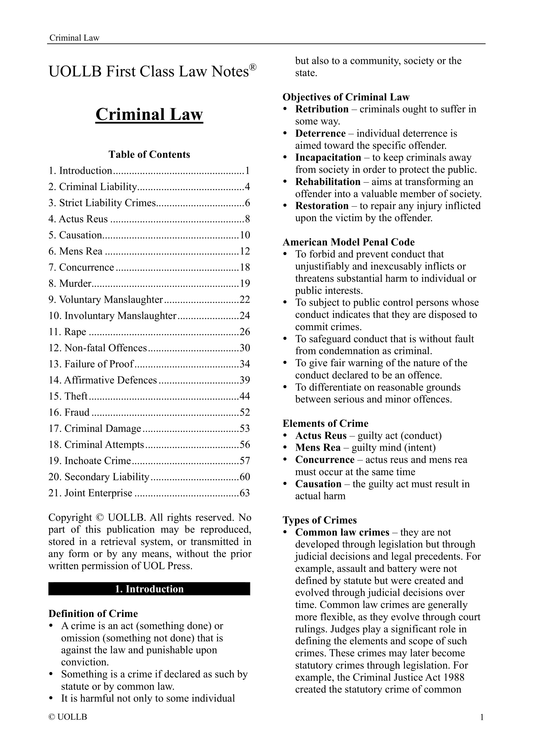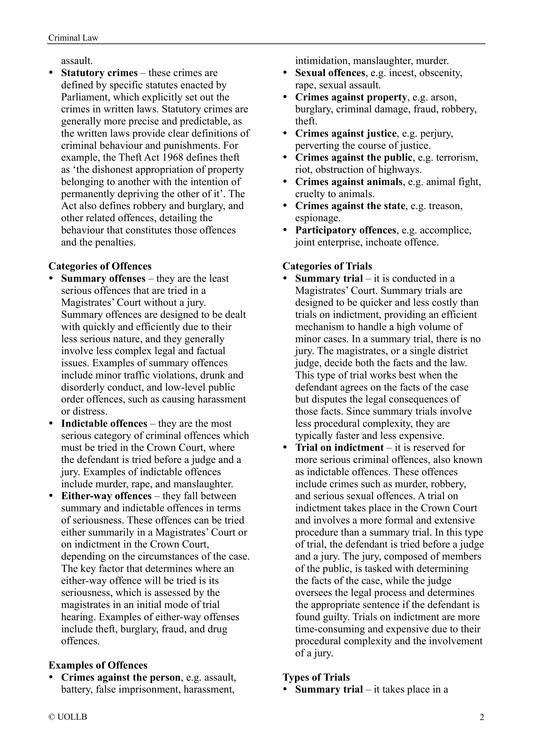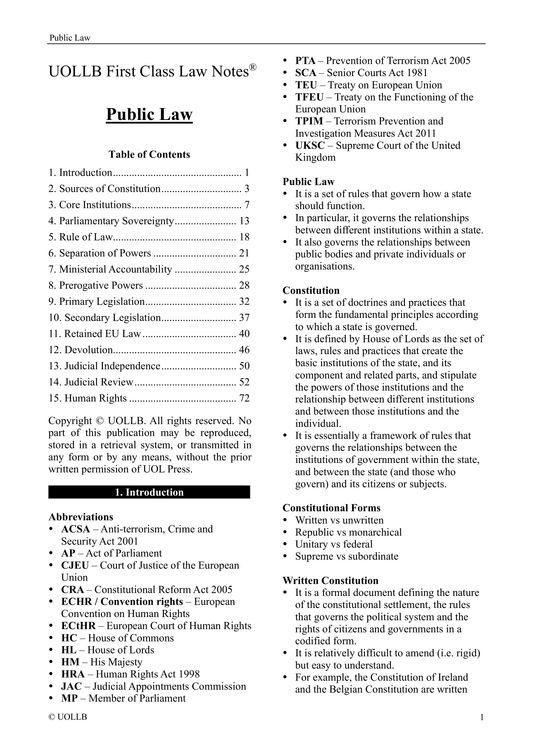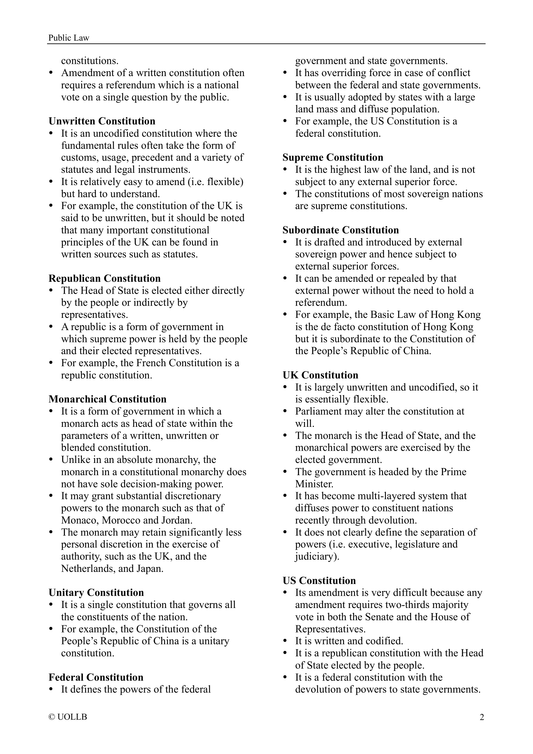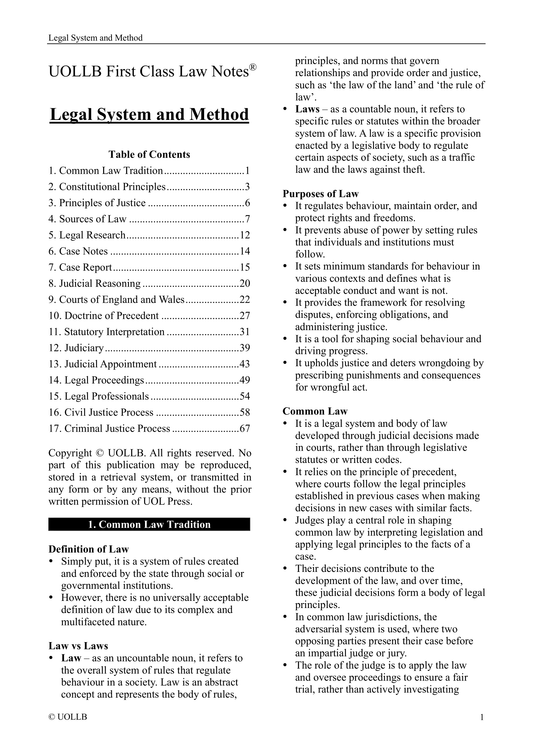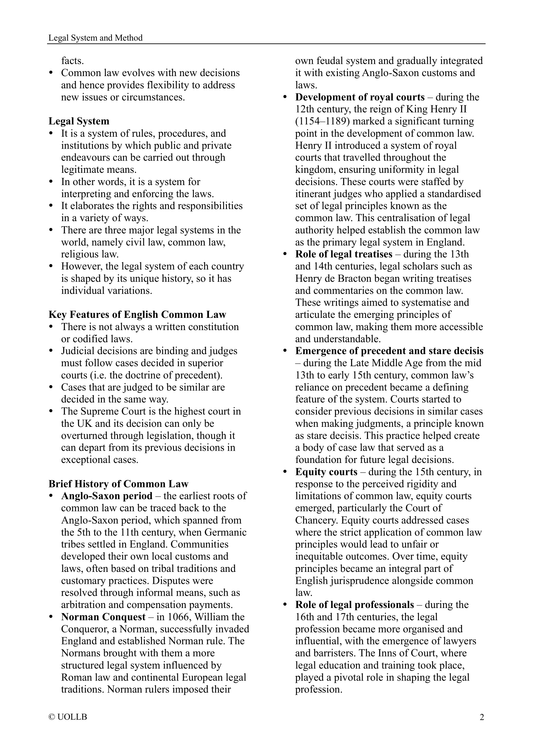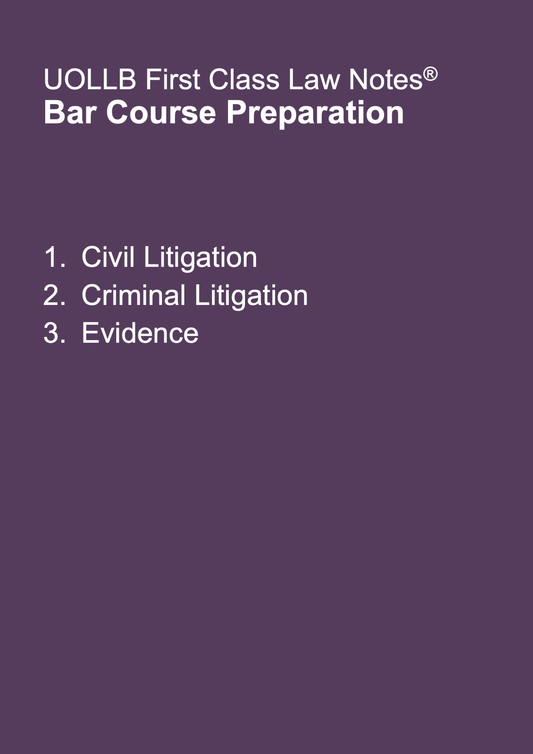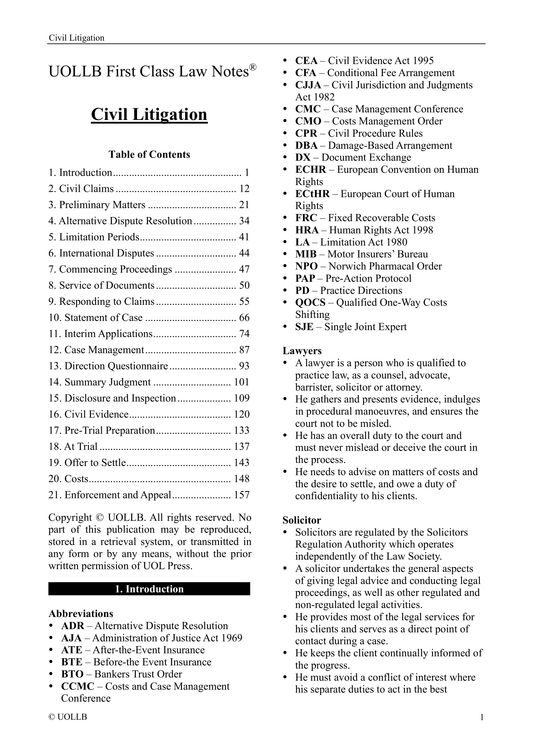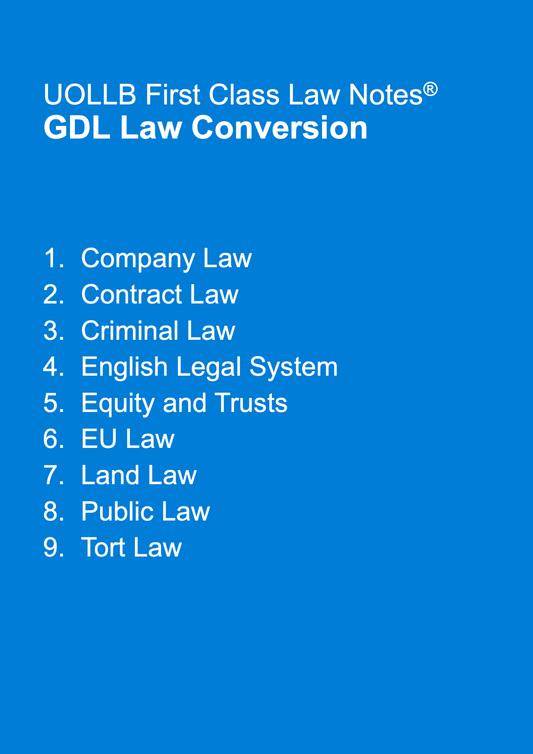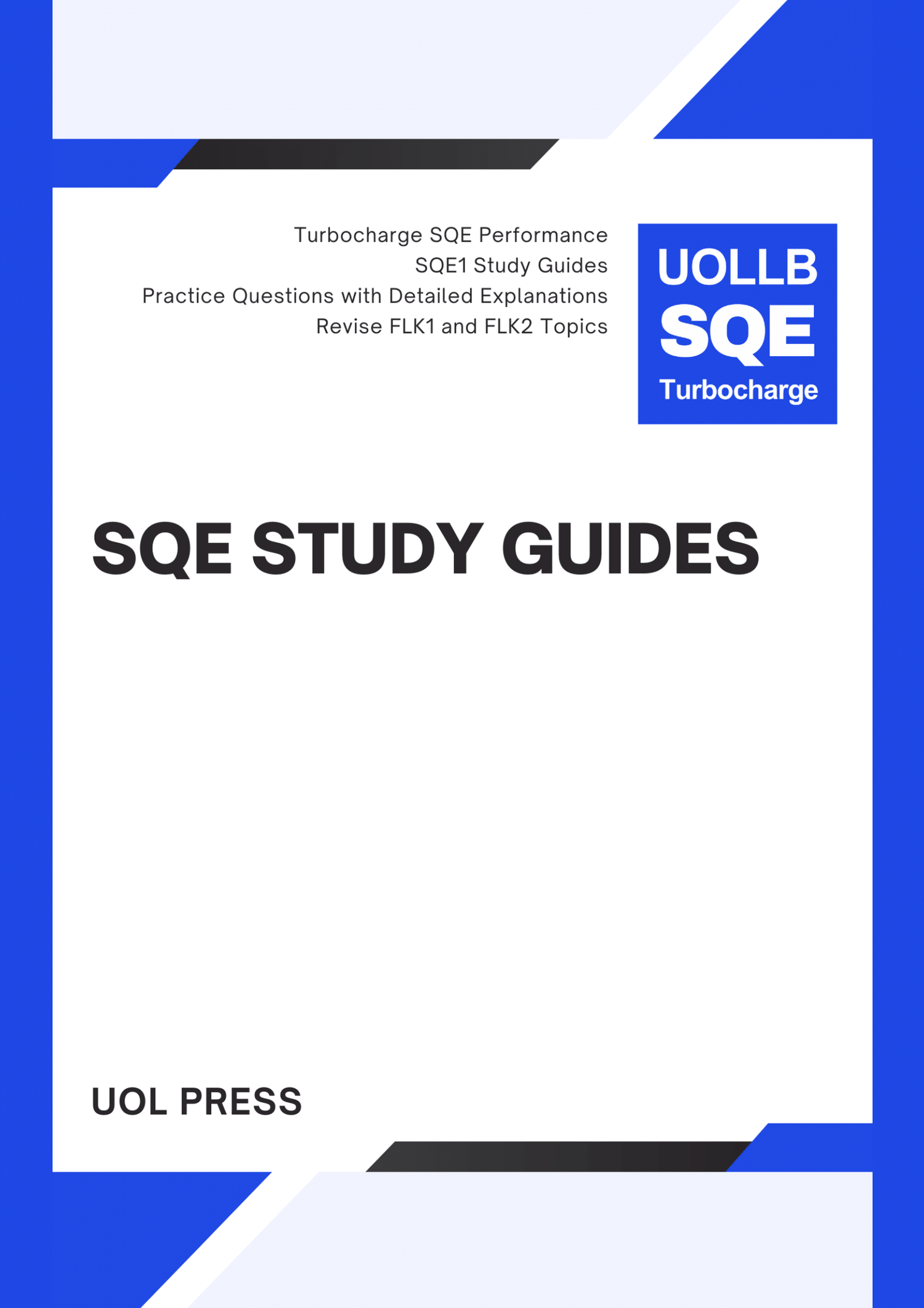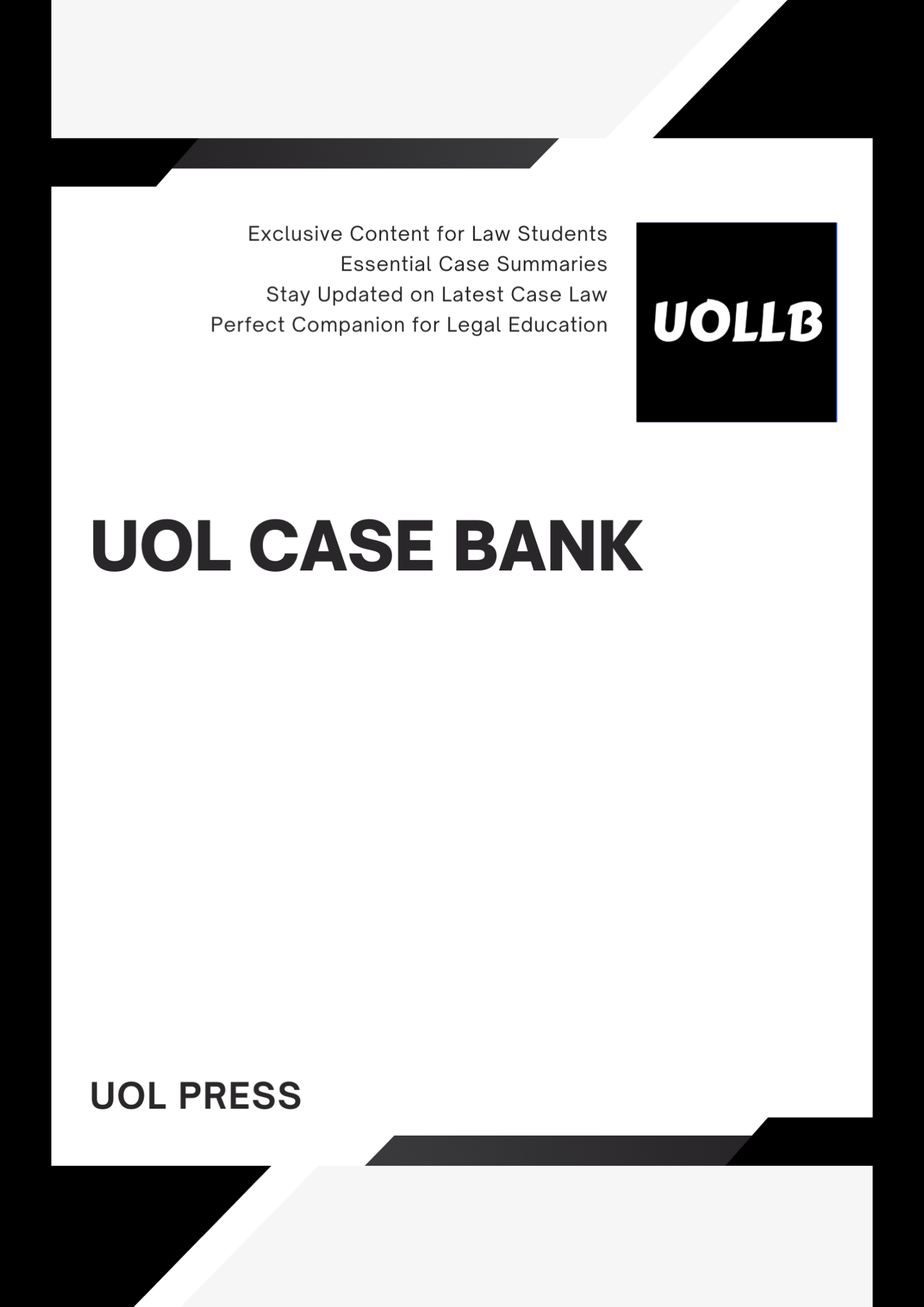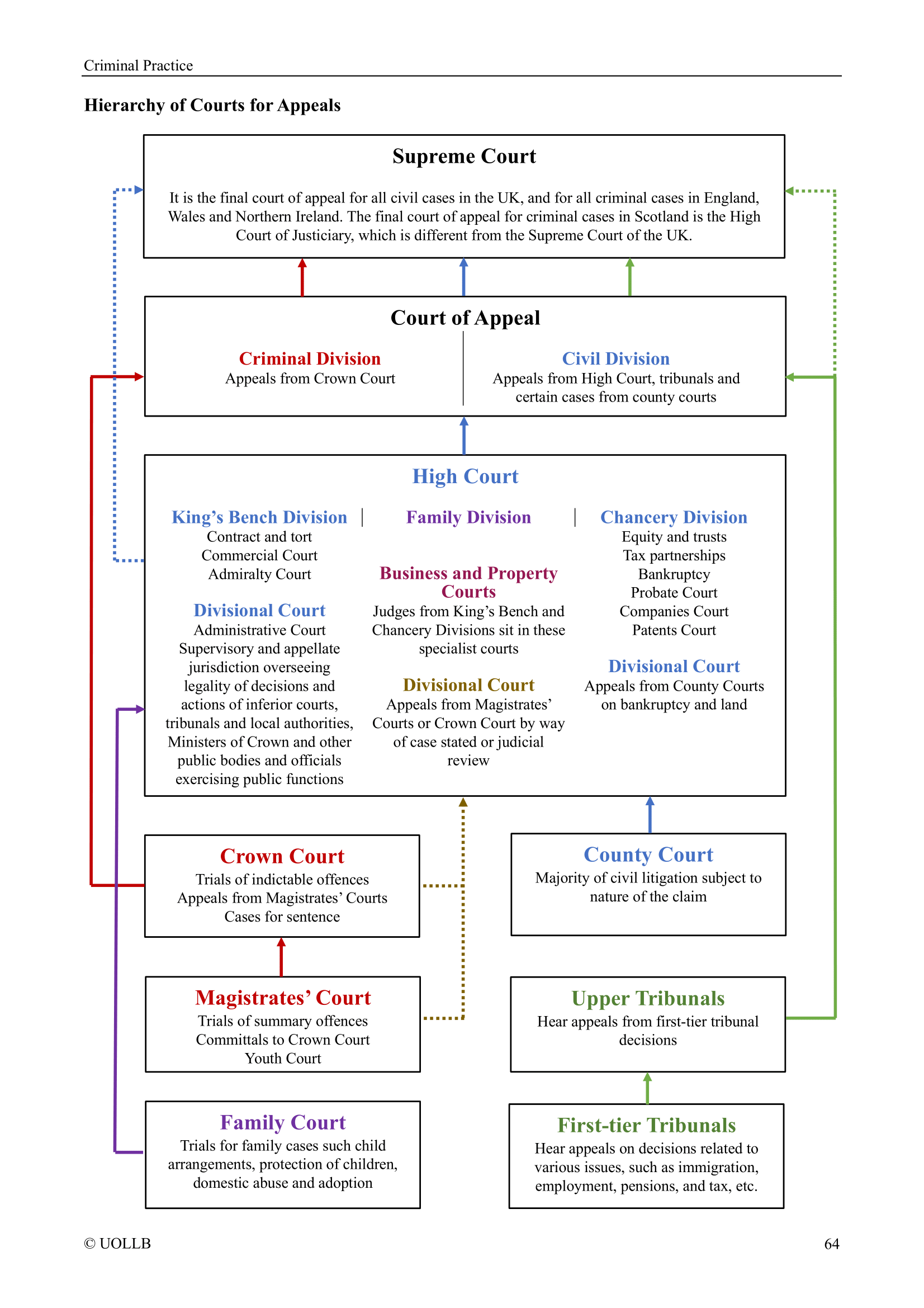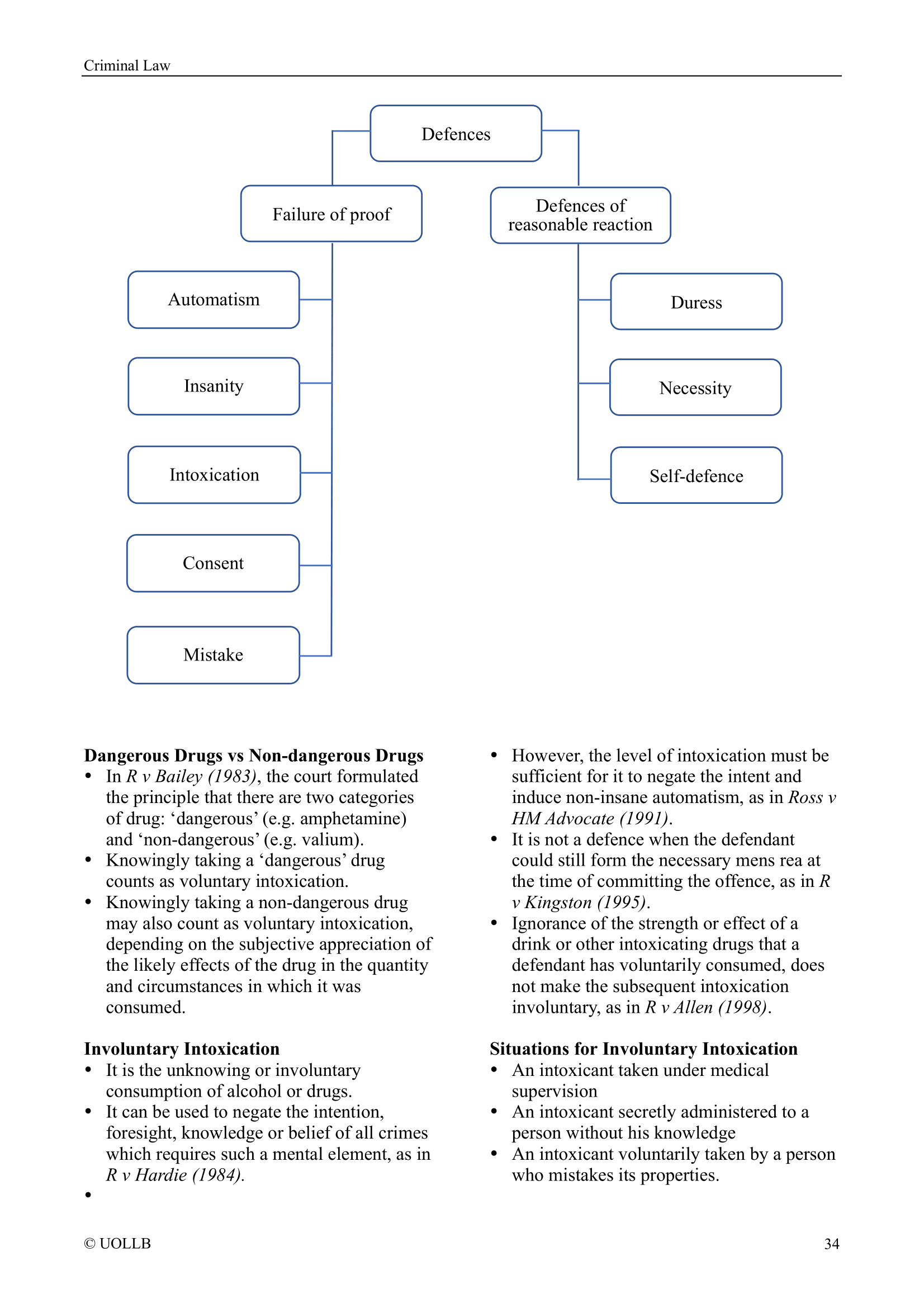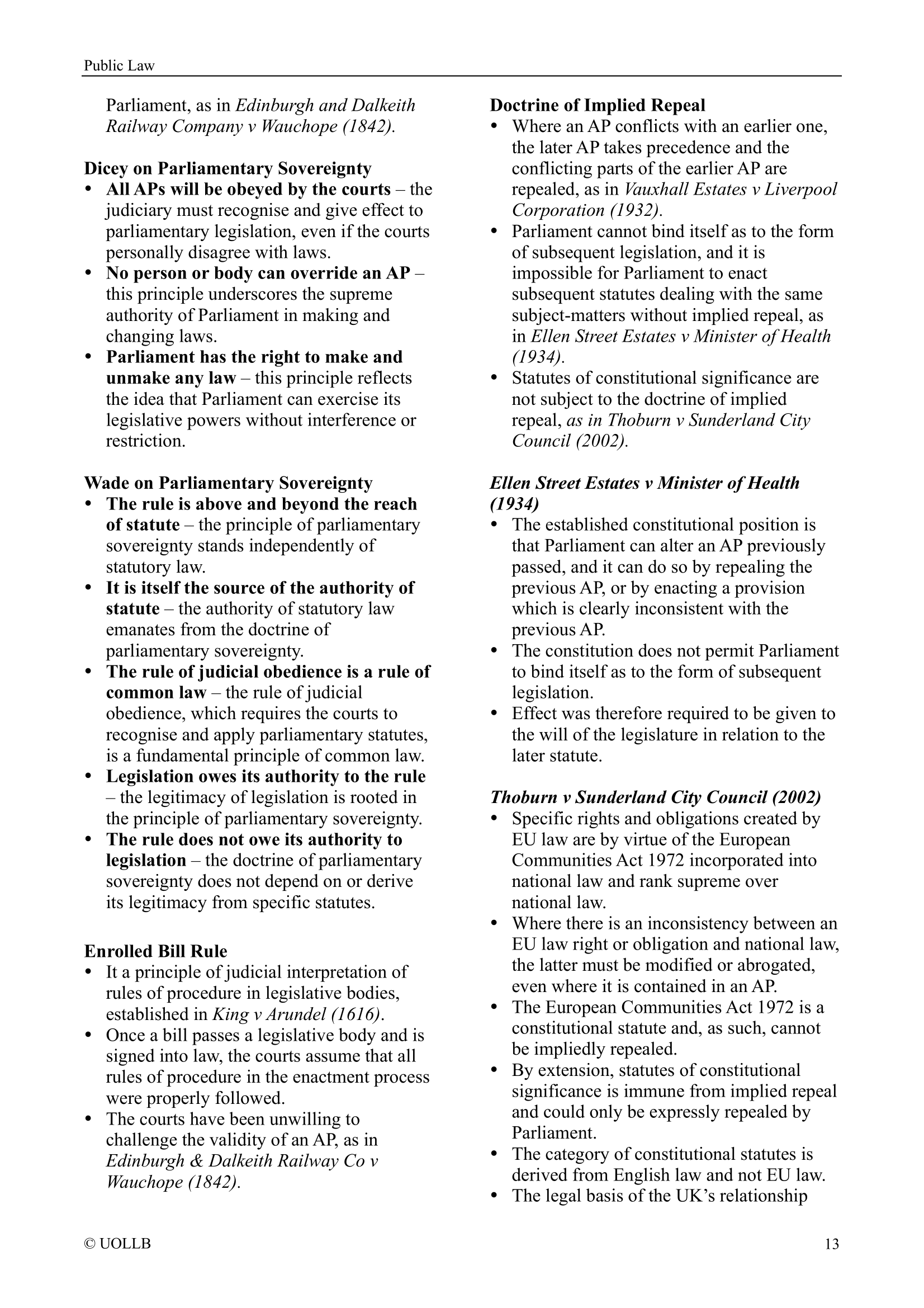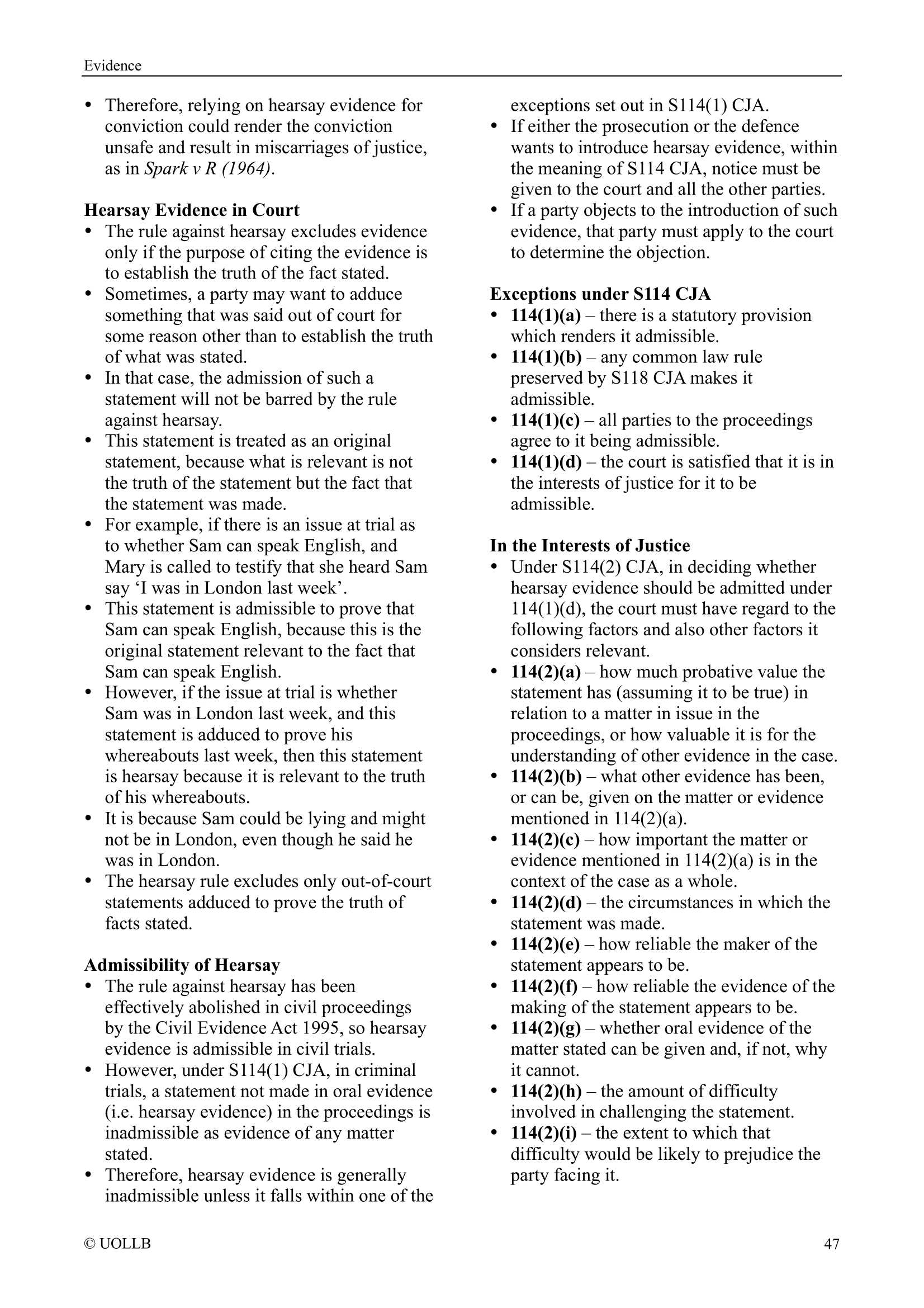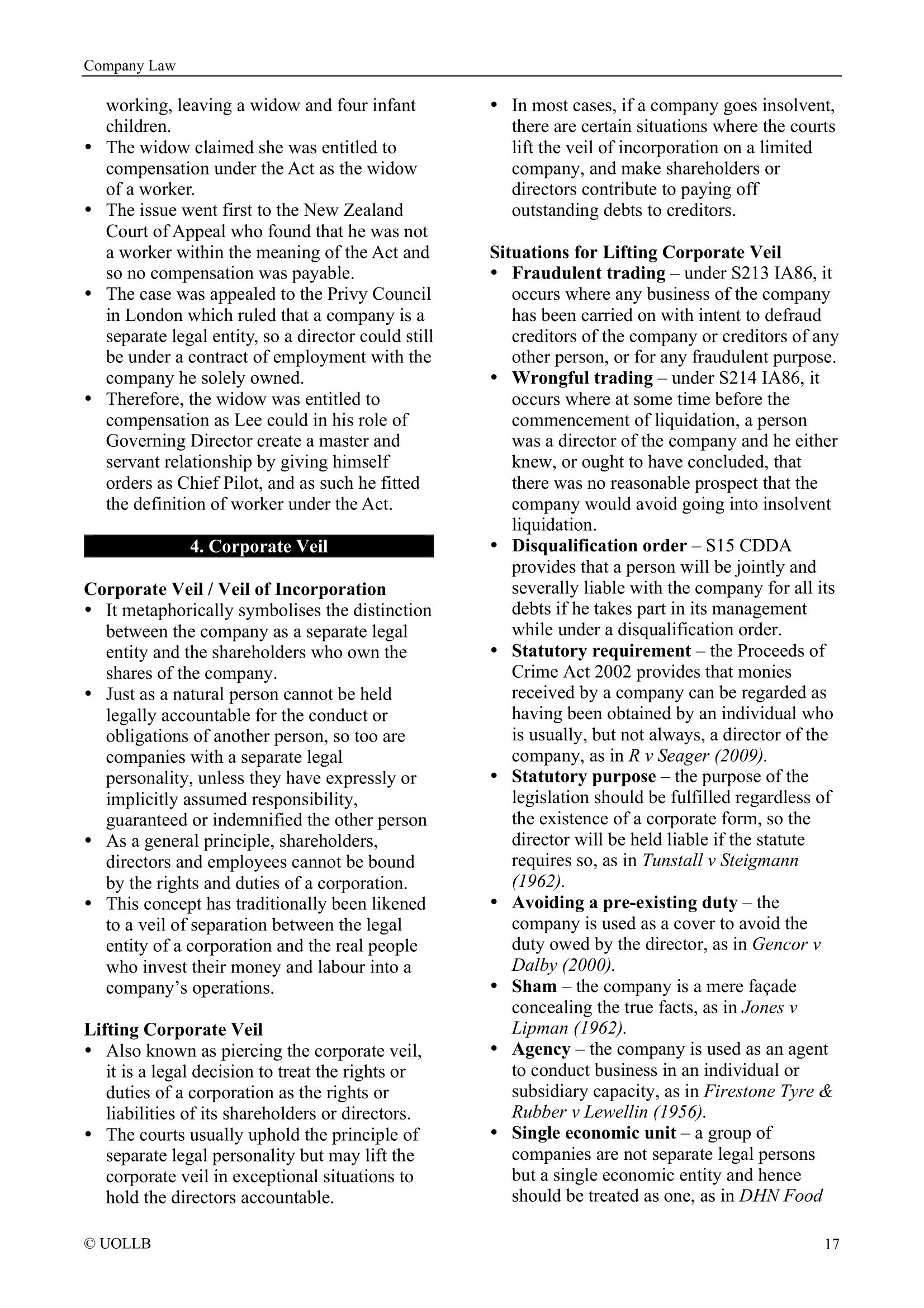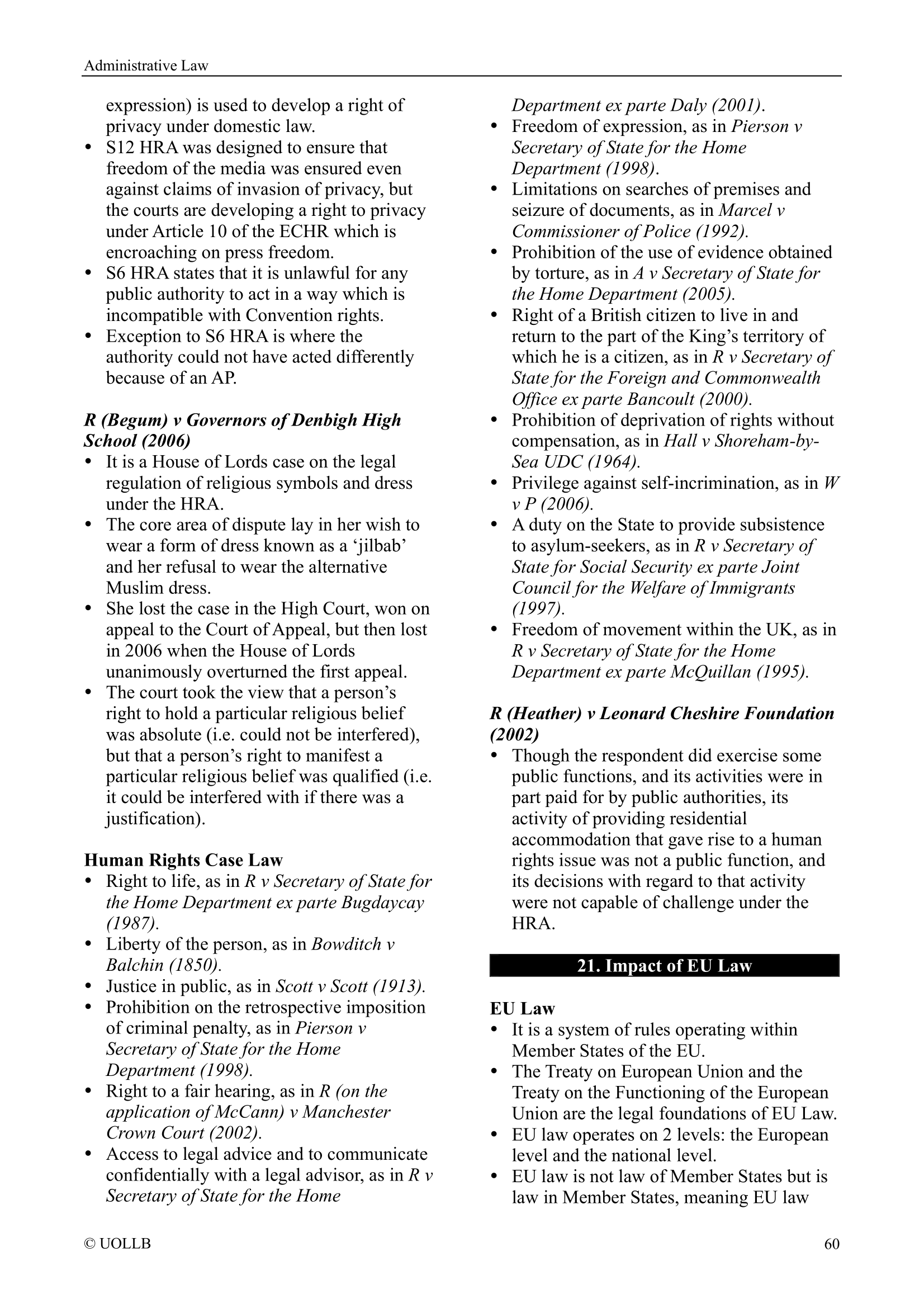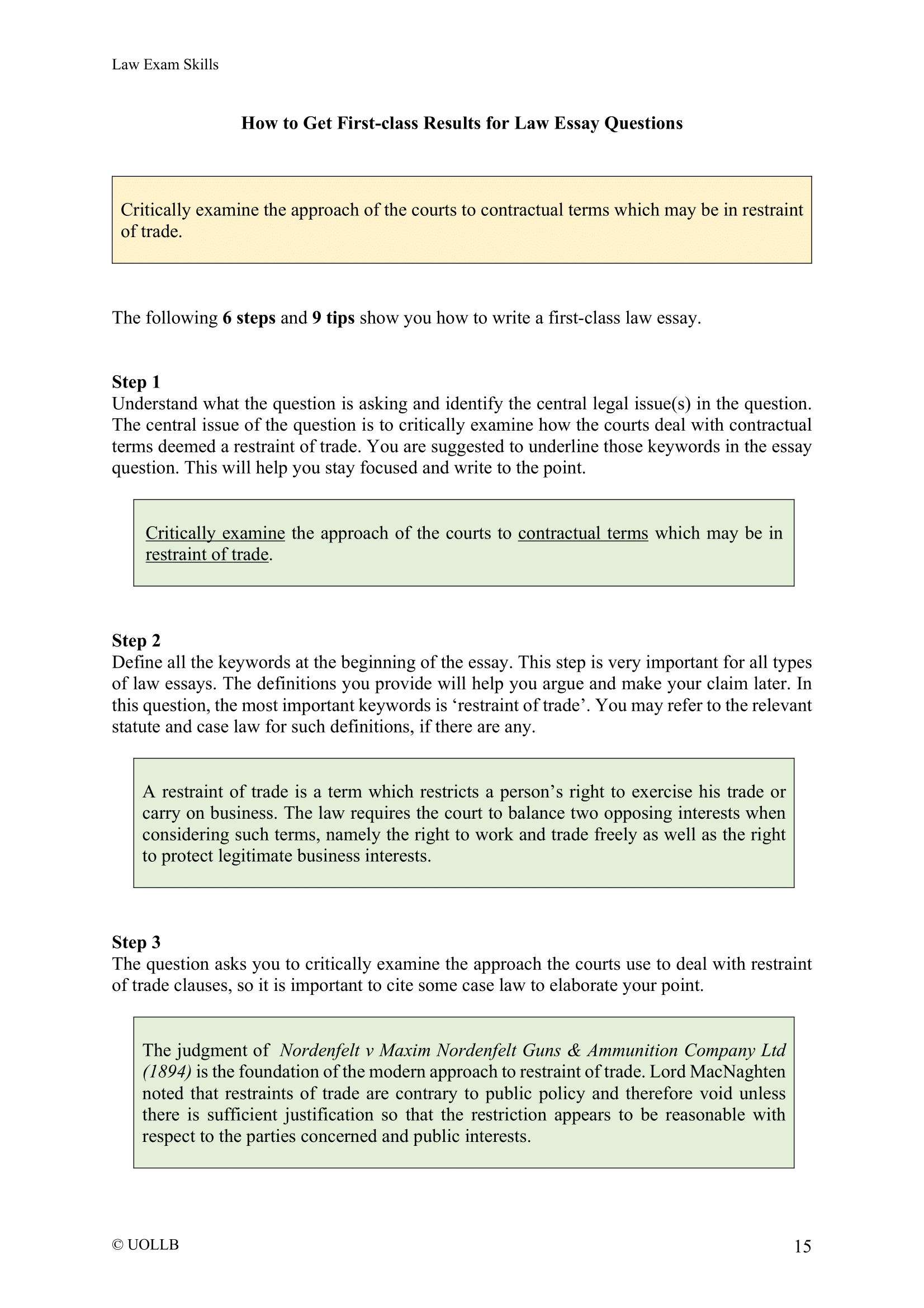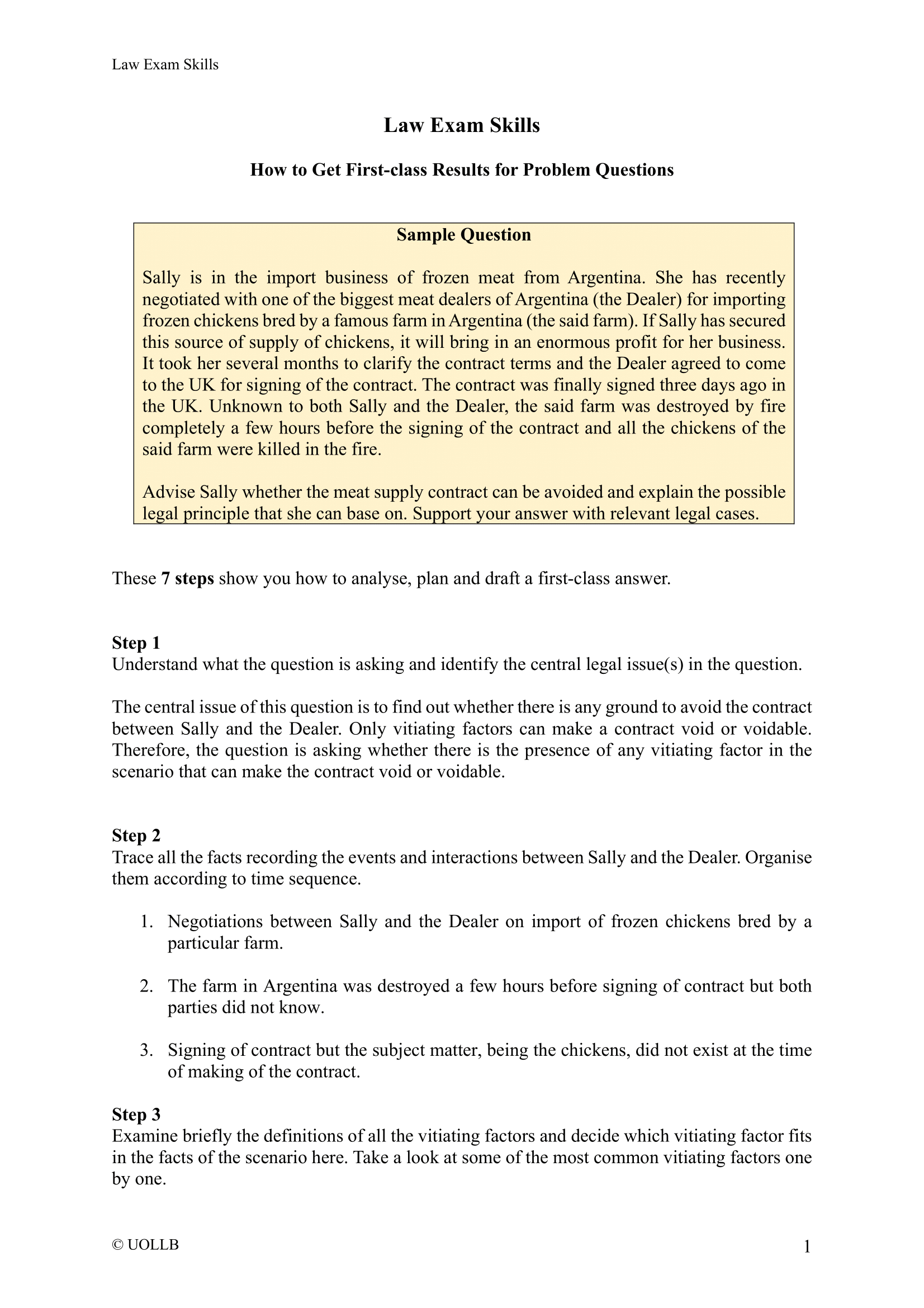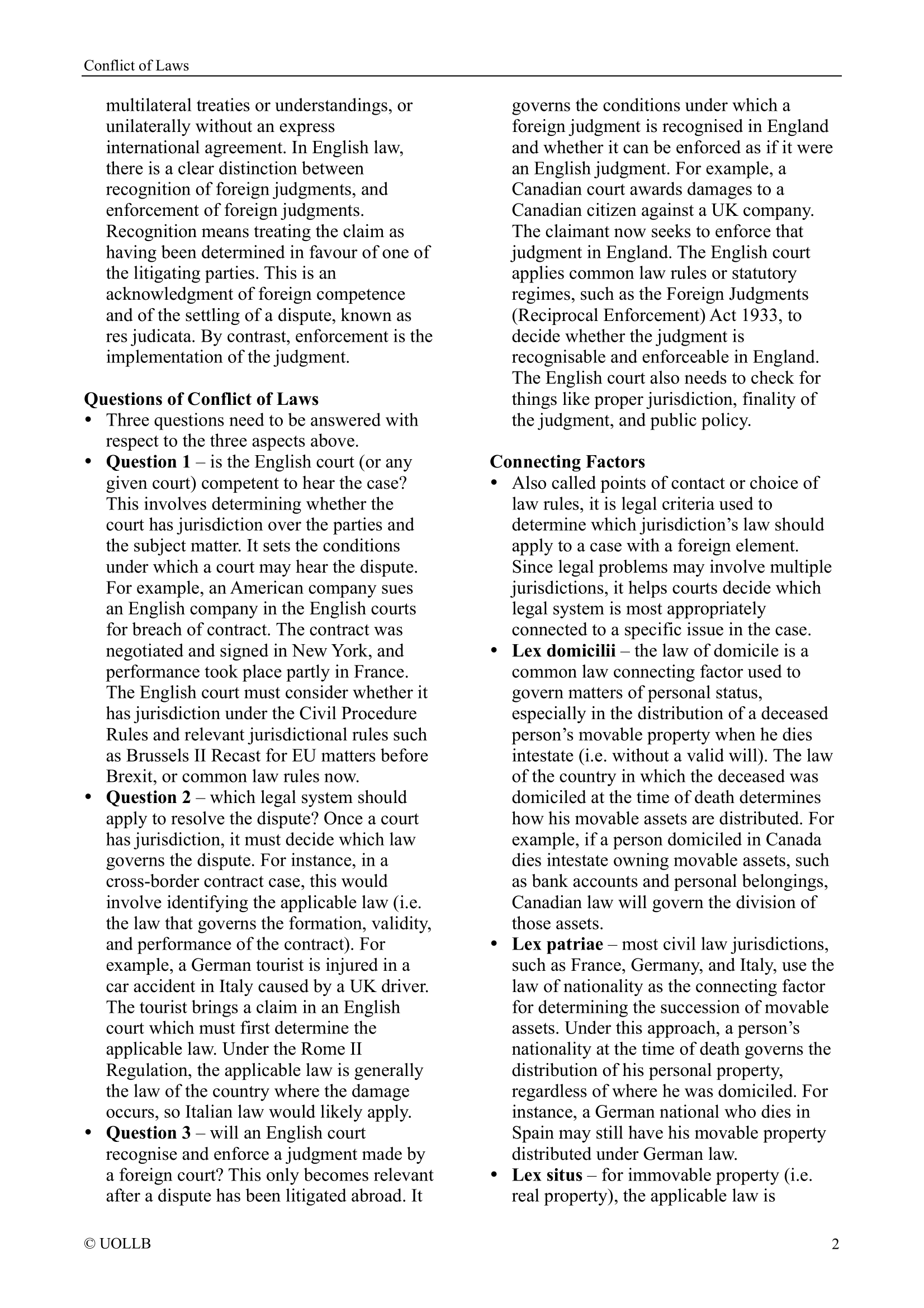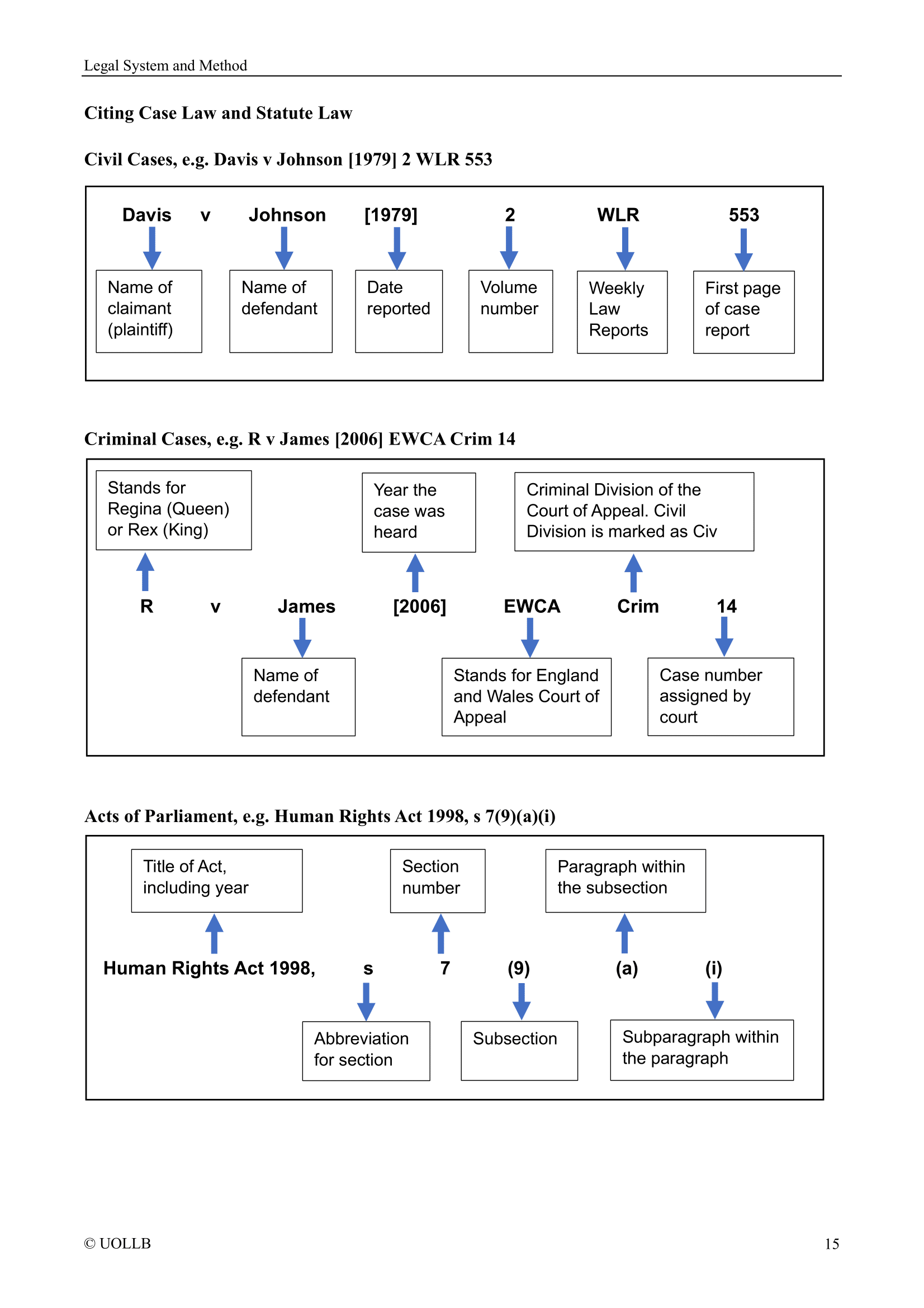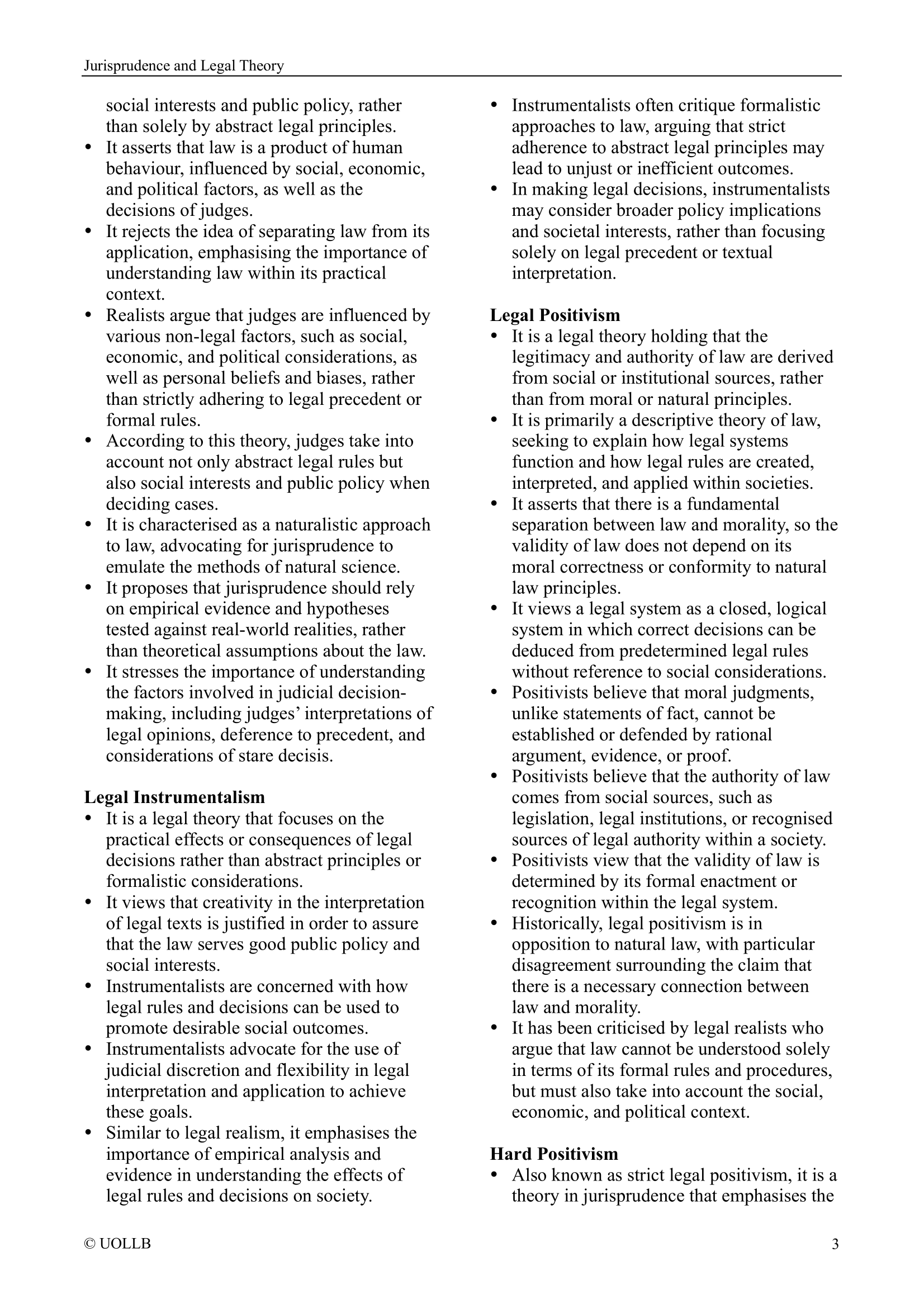Rights and Identity
Share
Rights and identity are closely intertwined in several ways. Identity, which includes personal, cultural, ethnic, religious, or gender identities, shapes an individual's understanding of themselves and their place in society. Human rights, on the other hand, provide a framework for the protection and promotion of individual and collective rights, including those related to identity.
Right to cultural identity: Human rights recognise the right of individuals and communities to maintain, express, and develop their cultural identity. This includes the preservation of language, traditions, customs, and practices that are important to a particular community or group. The right to cultural identity acknowledges the significance of diversity and promotes the idea that different cultures should be respected and protected.
Right to freedom of religion or belief: Human rights uphold the freedom of individuals to practice their religion or belief system without discrimination or coercion. This includes the right to manifest one's religion or belief through worship, observance, rituals, and teachings. Protecting the right to religious identity ensures that individuals are free to express their religious or spiritual convictions and live according to their faith.
Right to gender identity: Human rights recognise the right of individuals to self-identify their gender, including transgender and non-binary identities. This includes the right to express one's gender identity and seek legal recognition of that identity. Protecting the right to gender identity ensures that individuals are not discriminated against based on their gender identity and have access to equal rights and opportunities.
Right to non-discrimination: Human rights prohibit discrimination based on characteristics such as race, ethnicity, nationality, religion, gender, or sexual orientation. This ensures that individuals are treated equally and fairly regardless of their identity. The right to non-discrimination upholds the principle that all individuals are entitled to the same rights and protections, irrespective of their identity.
Intersectionality of identity and rights: Individuals often have multiple identities that intersect and shape their experiences. Intersectionality recognises that discrimination and inequalities are often compounded when individuals belong to multiple marginalised or disadvantaged groups. Human rights frameworks should consider these intersecting identities and address the specific challenges and needs faced by individuals who experience multiple forms of discrimination.
The recognition and protection of rights related to identity may vary across different countries and cultures. There are ongoing debates and discussions on how to balance and reconcile the rights of individuals with the rights of communities and the broader society. Respecting and promoting the rights of individuals while also respecting cultural diversity and communal rights can be a complex task that requires ongoing dialogue, understanding, and a commitment to human rights principles.
